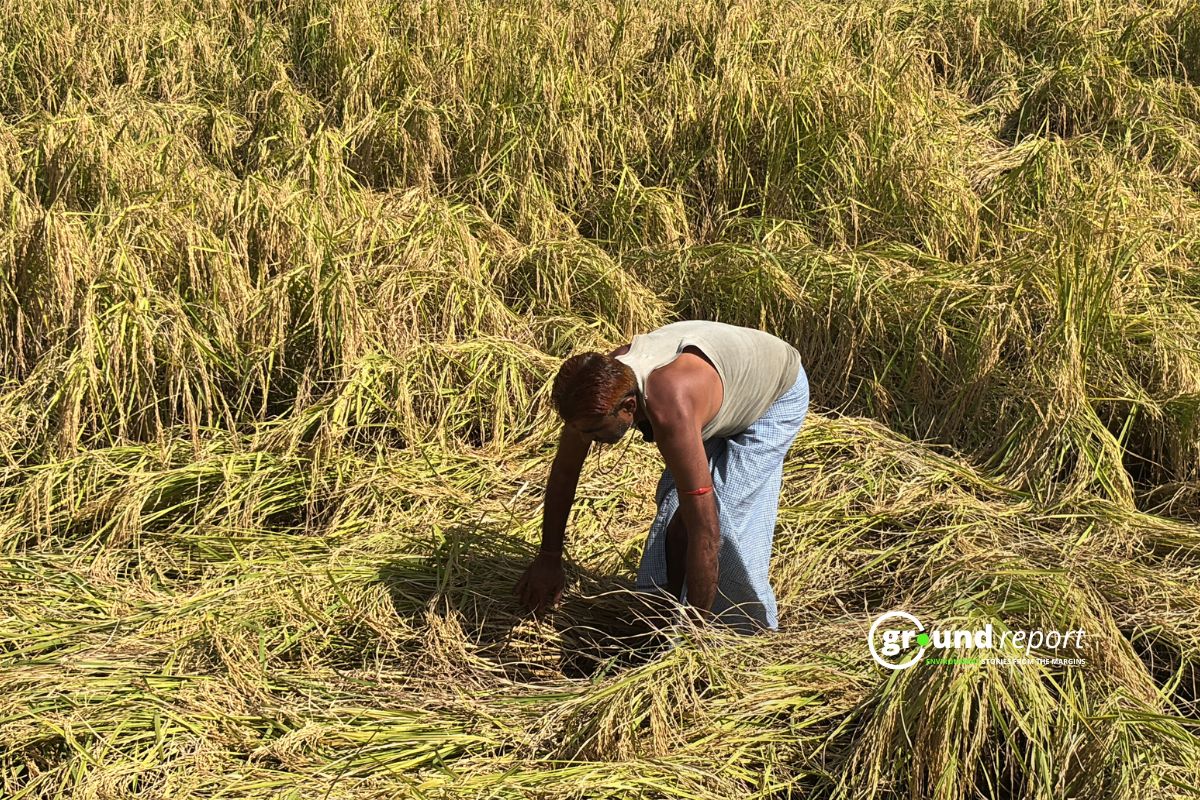The biennial “India State of Forest Report” by the Forest Survey of India (fsi) provides an update on the condition of Indian forests. The 2021 report has come under fire from experts for counting plantations of tea, coffee, palm, and coconut as “forests.”
Experts have differing views on the increase in tree and forest cover in India. The ISFI credits agroforestry and plantation activities for the increase, while conservation scientist M D Madhusudan argues that the definition of a forest used in the report is misleading and that restoring degraded forests is a better approach than relying on plantations.
Madhusudan highlights that in plantations, only a few species are grown for human purposes, while real forests have a variety of species that play a crucial role in the ecosystem. Kanchi Kohli, a researcher at the Centre for Policy Research, notes that plantations should not be viewed as a replacement for natural forests, as they are primarily for revenue generation.
Controversy Surrounds India’s State of Forest Report 2021
The release of the “India State of Forest Report (isfr) 2021” by the Forest Survey of India (fsi) has generated criticism from experts for including plantations of tea, coffee, palm, and coconut as “forests” in their assessment of forest cover.
The report claims that India’s forest and tree cover has increased by 2,261 sq km in the last two years, with the total forest area in the country at 713,789 sq km or 21.27% of India’s land area.
Experts have pointed out that including plantations as forests is misleading, as they do not have the same ecological value or provide the same benefits as natural forests. They have called for natural forests and plantations to be separated to provide greater clarity and accuracy in the report.
The report classifies forests into four categories based on tree canopy density: Very Dense Forest (vdf), Moderately Dense Forest (mdf), Open Forest (OF), and Scrub. This classification system helps to provide a more detailed understanding of the quality and density of forest cover across the country.
While it is commendable that the country has seen an increase in forest and tree cover, it is important to accurately classify and report on the type and quality of forest cover to ensure that appropriate conservation and management efforts can be implemented.
The criticism of the isfr 2021 report highlights the need for greater transparency and accuracy in reporting on forest cover and conservation efforts in India.
Misleading Definition of Forest
Conservation scientist M D Madhusudan from the National Centre for Biological Sciences in Bengaluru says that the fsi’s definition of “forest” is misleading.
According to Madhusudan, the fsi changed the definition in 2001, so “as long as a mere 10 per cent of a hectare of land had trees, it was forest.”
Inaccurate inclusion of Plantations
Madhusudan points out that private tea gardens in Sonitpur, Assam, tea estates in Naxalbari of West Bengal, tea plantations in Valparai of Tamil Nadu, coconut plantations in Pollachi town of Tamil Nadu and Lakshadweep, and sub-urban areas and offices in Kolkata and Delhi have been classified as “very dense,” “moderately dense,” and “open” forests in the report. This classification inflates the forest cover numbers in the country.
Loss of Forests vs. Gain in Forest Cover
Researchers at the Indian Institute of Remote Sensing reported in 2002 that over 14,000 hectares of forests were lost between 1999 and 2001, during which the fsi claimed a gain in forest cover of over 50,000 hectares.
The report’s critics suggest that the inclusion of plantations in the definition of forests leads to inflated forest cover numbers and hinders the accurate monitoring of natural forests.
Keep Reading
Part 1: Cloudburst in Ganderbal’s Padabal village & unfulfilled promises
India braces for intense 2024 monsoon amid recent deadly weather trends
Support us to keep independent environmental journalism alive in India.
Follow Ground Report on X, Instagram and Facebook for environmental and underreported stories from the margins. Give us feedback on our email id greport2018@gmail.com.
Don’t forget to Subscribe to our weekly newsletter, Join our community on WhatsApp, and Follow our YouTube Channel for video stories.









